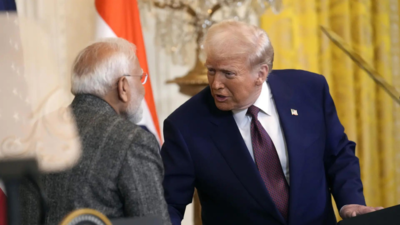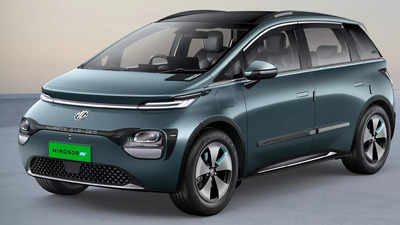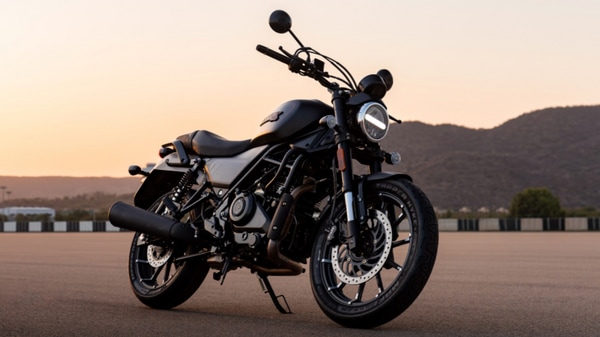The tariff conflict initiated by the current US president, Donald Trump, has placed numerous nations, including India’s trading partners and allies, in a challenging position. India is one of the countries notably impacted. As reported by various media outlets, there have been numerous discussions regarding this issue recently.
India May Reduce Tariffs
A significant point of contention between the two countries is the reciprocal tariff imposed by the Trump administration on all trading partners last month.
These tariffs are scheduled to take effect on April 2.
In response, India has stated that it is still in negotiations with the US regarding the tariff framework. Furthermore, India has requested an extension from the US until September.
However, this diplomatic engagement was disrupted when Trump, during an interview, indicated that he anticipates India to reduce its tariffs while leaving the April 2 deadline intact.

As reported by Business Today, India is contemplating a reduction in the import duties on high-profile products such as Bourbon whiskey, Californian wines, and Harley-Davidson motorcycles. | Unsplash
Currently, it appears that India is reviewing the possibility of lowering tariffs on specific items.
According to Business Today, India might be looking into decreasing the import duty on prominent products like Bourbon whiskey, Californian wines, and Harley-Davidson motorcycles.
Interestingly, these products are relatively niche, appealing to a limited audience; they have also previously experienced similar reductions in import duties.
Understanding the India-US Trade Relationship
A key discussion point in the India-US trade relationship is the trade deficit that the US has with India. One of Trump’s primary policy goals has been to address the trade deficit that America has with its partners, whom he claims are taking advantage of the US and its expansive consumer market.
This puts India in a difficult position, as the United States currently has a USD 45.6 billion trade deficit with India.

This puts India in a difficult position, as the United States has a USD 45.6 billion trade deficit with India. | Pixabay
According to the US government, the total goods trade between the US and India was estimated at USD 129.2 billion in 2024. U.S. goods exports to India in 2024 reached USD 41.8 billion, reflecting a 3.4 percent increase (USD 1.4 billion) from 2023. U.S. goods imports from India amounted to USD 87.4 billion in 2024, an increase of 4.5 percent (USD 3.7 billion) from 2023.
The U.S. goods trade deficit with India stood at USD 45.6 billion in 2024, marking a 5.4 percent rise (USD 2.4 billion) from 2023.
U.S. Exports to India
In addition to the aforementioned high-profile products, key U.S. exports to India comprise various goods, including Oils, Minerals, Lime, and Cement (35.3 percent of the total exports to the country), and Stone, Glass, Metals, and Pearls (16.4 percent of the total).
Moreover, the U.S. also exports chemicals, plastics, rubber, and leather goods (12.8 percent of the total) to India.













